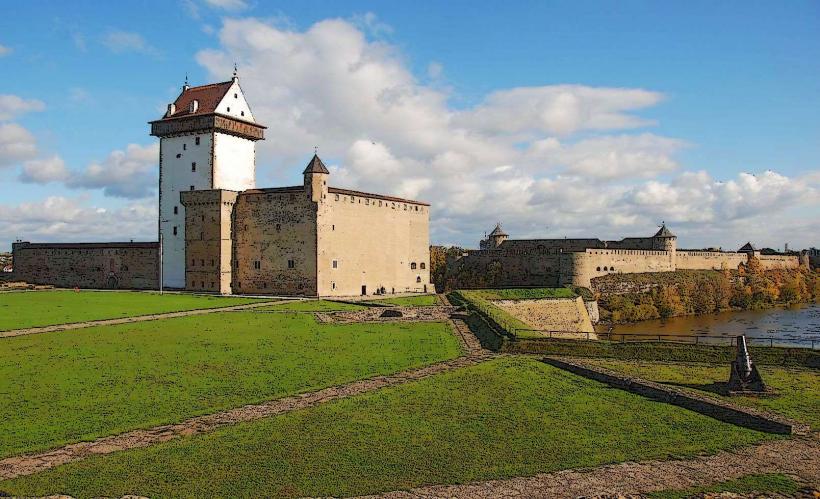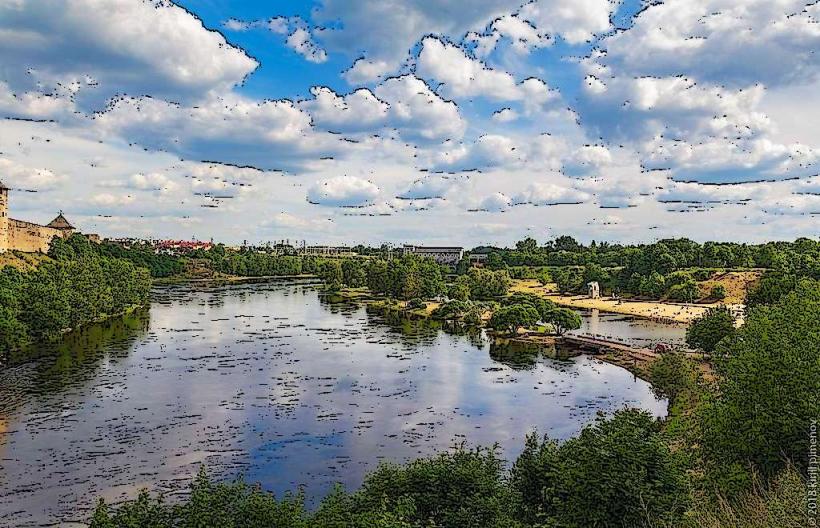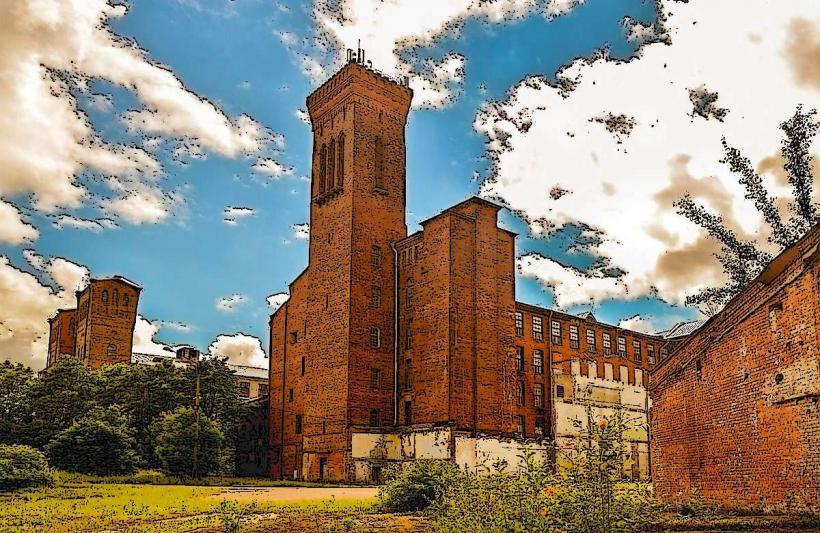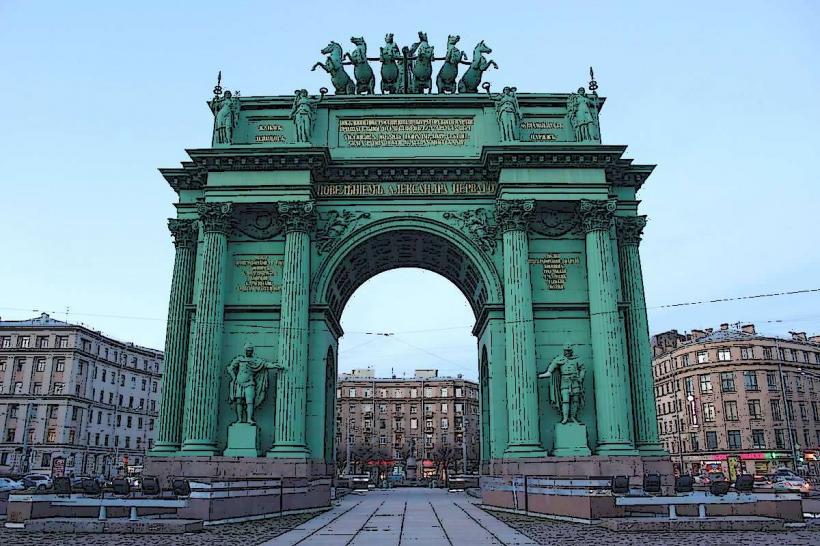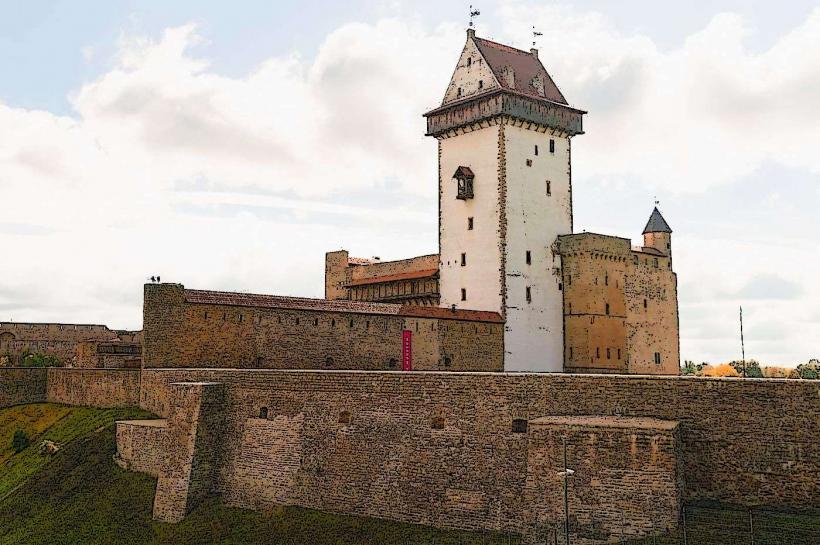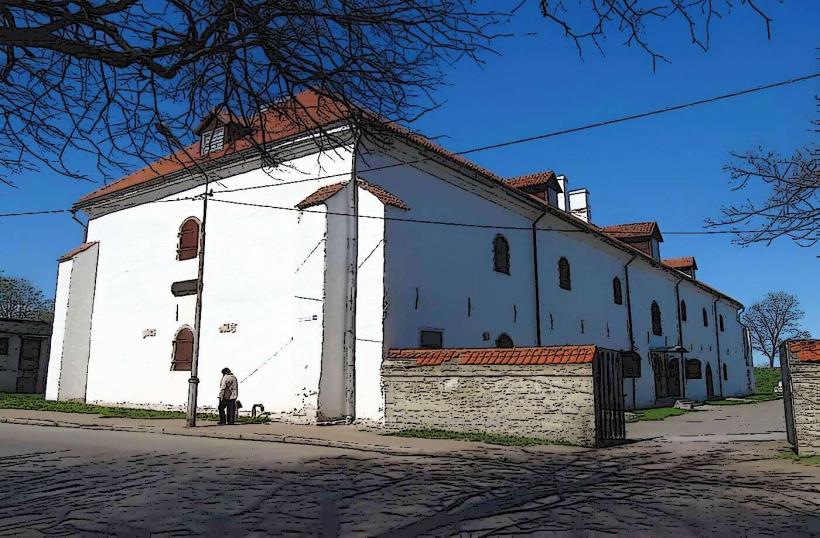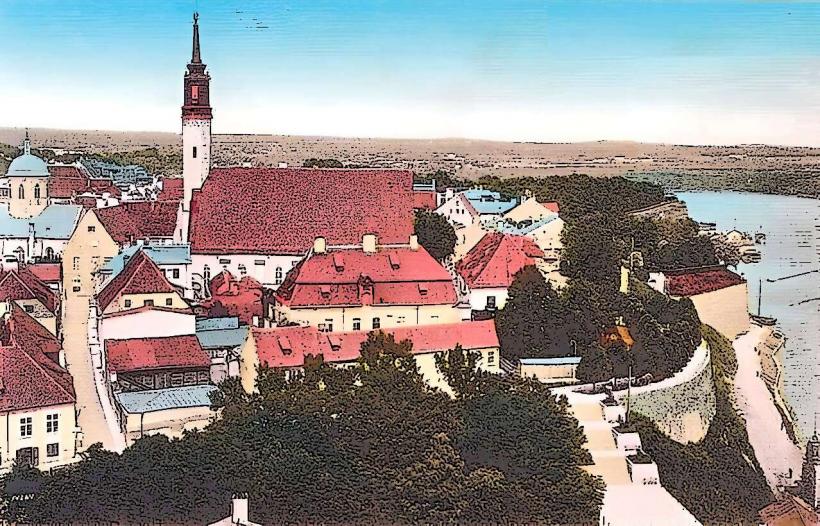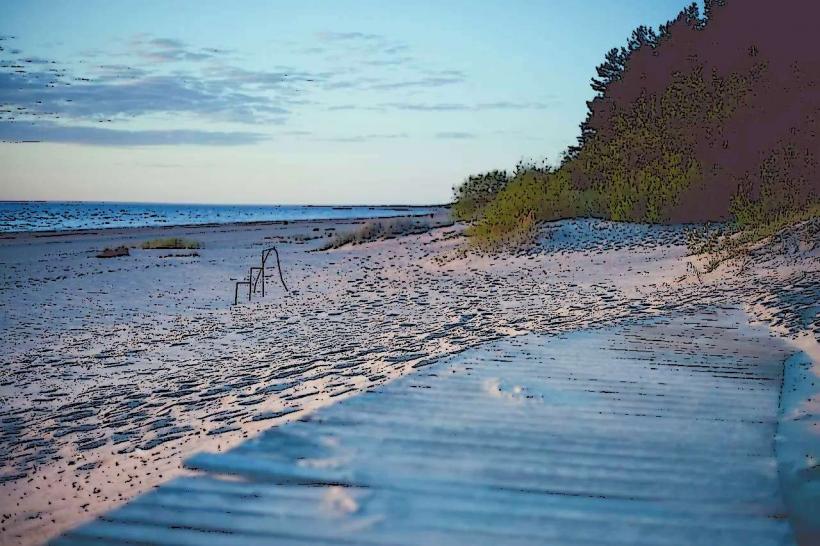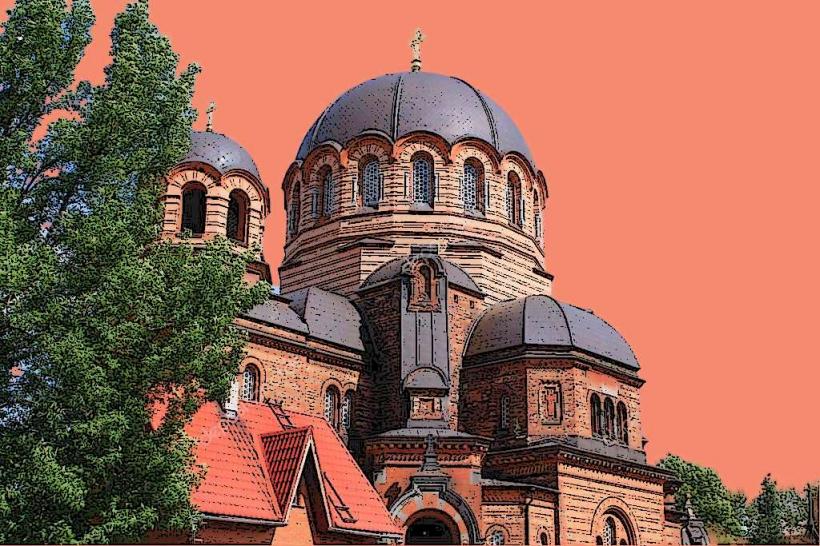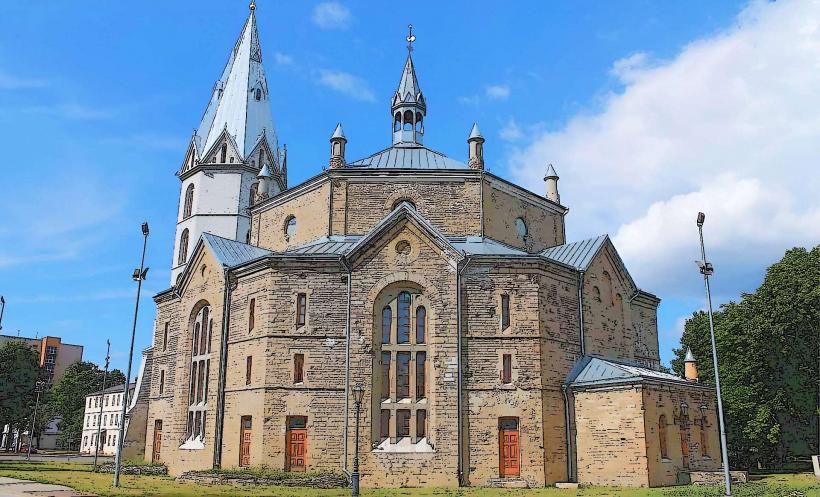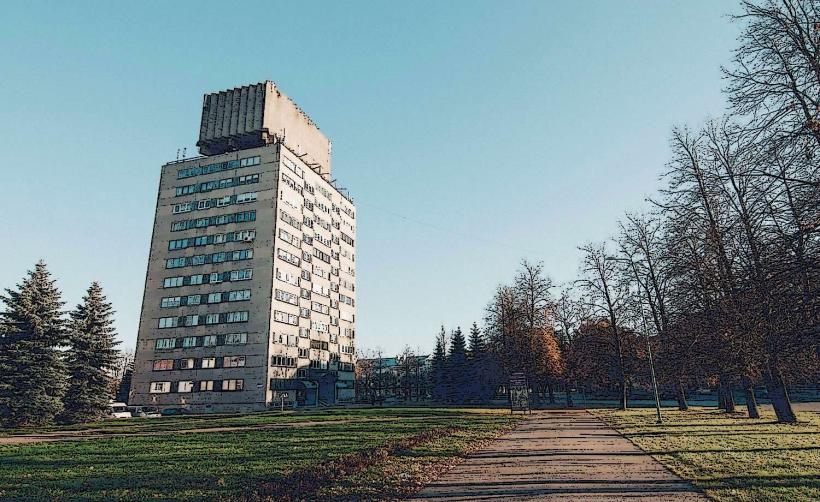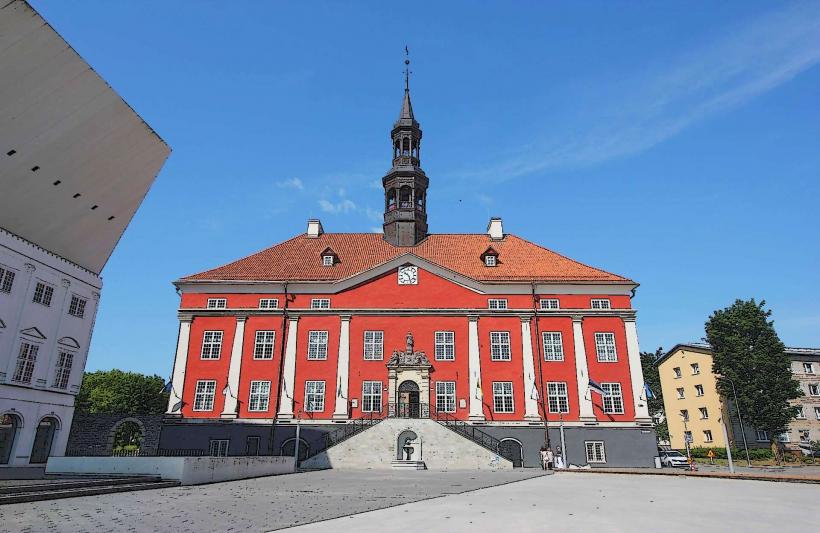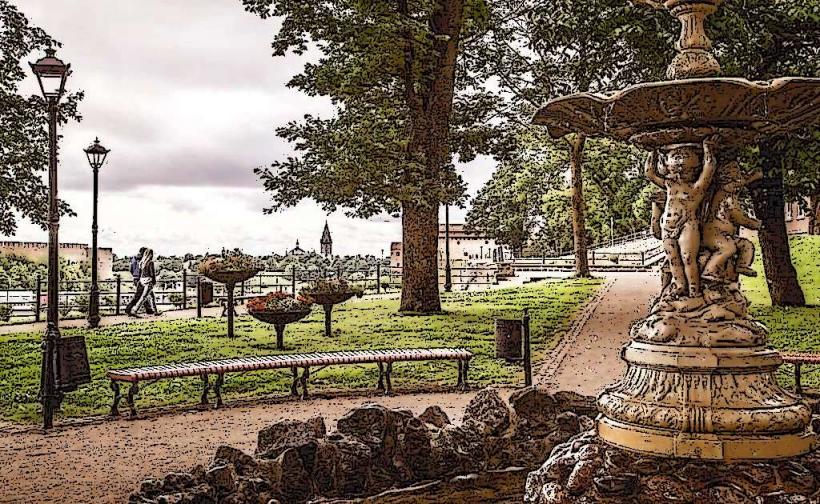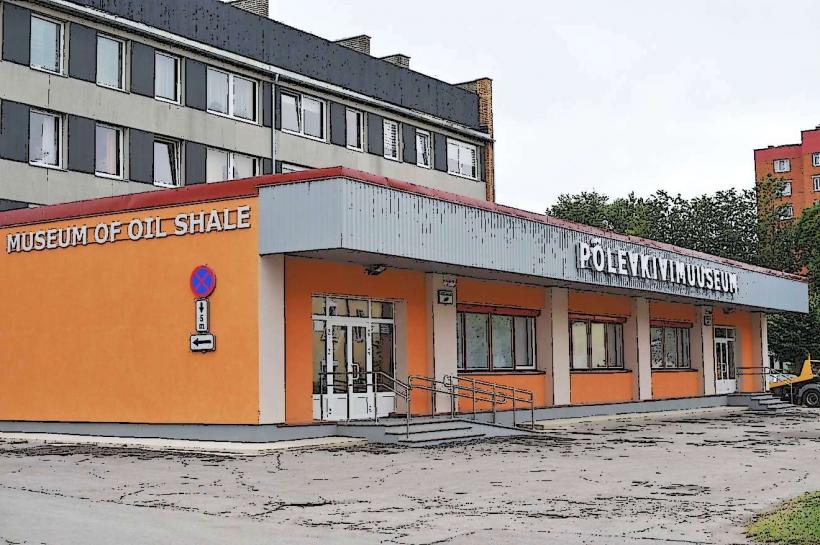Information
City: NarvaCountry: Estonia
Continent: Europe
Narva is the third-largest city in Estonia, located in the northeastern part of the country, on the border with Russia. Situated on the Narva River, which forms the natural boundary between Estonia and Russia, Narva is one of the most historically significant cities in Estonia. It has a unique cultural identity due to its location at the crossroads of two cultures, with strong influences from both Estonian and Russian heritage. The city’s strategic position has shaped its rich history, as well as its modern identity.
Geography and Setting
- Location: Narva is located in the far east of Estonia, near the Narva River, which separates Estonia from Russia. The city is about 210 kilometers (130 miles) east of Tallinn, Estonia's capital, and is the gateway between the two countries. Narva’s location makes it a significant border city, both historically and in terms of modern trade and transport.
- Climate: Narva experiences a humid continental climate, with cold winters and relatively warm summers. Winters can be harsh with heavy snowfall and freezing temperatures, while summers are mild. Due to its proximity to the Russian border, the city can experience significant temperature fluctuations.
Historical Significance
- Early History: Narva has a long history that dates back over a thousand years. The city was first mentioned in historical records in the 13th century. Throughout the medieval period, Narva was a significant trade hub due to its location along the Narva River, a major waterway for the transport of goods between the Baltic Sea and inland Russia.
- Swedish and Russian Rule: Narva was a key stronghold during the wars between Sweden and Russia in the 17th century. It was part of the Swedish Empire for many years before being taken by Russia following the Great Northern War in 1704. The city was heavily influenced by both Swedish and Russian cultures.
- World War II and Soviet Period: During World War II, Narva was heavily bombed, and much of the city was destroyed. Following the war, it became part of the Soviet Union, and significant rebuilding efforts led to the development of a Soviet-era industrial city. The Russian-speaking population grew during this time, and today, the majority of Narva’s residents are ethnic Russians.
Key Attractions
Narva Castle (Hermann Castle):
- The Narva Castle, also known as Hermann Castle, is one of the most prominent landmarks in the city. This medieval fortress, dating back to the 13th century, is located on the banks of the Narva River. The castle has a fascinating history, having been part of the Danish and Swedish territories before falling under Russian control.
- The castle is open to visitors and houses a museum with exhibits about the history of the region, the castle’s architecture, and the city itself. The View Tower offers spectacular views over the Narva River and the neighboring Russian town of Ivangorod.
Ivangorod Fortress:
- Across the Narva River in Russia lies the Ivangorod Fortress, a counterpart to the Narva Castle. Although it is technically on the Russian side of the border, it is visible from Narva and is part of the city’s historical landscape. The two fortresses, Narva Castle and Ivangorod Fortress, stand as symbols of the historical rivalry between Sweden and Russia.
Narva Museum:
- The Narva Museum is housed within the walls of Narva Castle and offers visitors insights into the city’s long history. The museum features exhibits on the region’s cultural history, the medieval period, and more modern times, including the effects of the Soviet period. The museum also hosts various cultural events and temporary exhibits.
Kreenholm Manufacturing Complex:
- The Kreenholm Manufacturing Complex is an iconic industrial site located along the river. Once one of the largest textile factories in the world, it dates back to the late 19th century. The complex is a testament to Narva’s industrial heritage and is now a symbol of the city's transition from a Soviet industrial town to a modern European city.
Narva Jõesuu (Narva River Mouth):
- Narva Jõesuu, a beach resort located just outside the city, is where the Narva River meets the Baltic Sea. It’s a popular spot for summer activities, with a long sandy beach and scenic views. The area is known for its historic wooden villas, and it’s a favorite destination for both locals and tourists looking to relax by the sea.
Culture and Lifestyle
- Multicultural Identity: Narva has a strong Russian-speaking population, with around 85% of residents identifying as ethnic Russians. This gives the city a distinctive cultural blend, with many Russian traditions and cultural influences. However, there is also a growing Estonian presence, and the city is working to foster a more inclusive and unified identity.
- Russian and Estonian Influence: The influence of both Estonian and Russian cultures is visible in the city’s everyday life, from language and food to festivals and art. Narva hosts a variety of events that celebrate both cultures, such as Russian folk festivals, and Estonian Independence Day celebrations.
- Education and Language: Education in Narva is predominantly conducted in Russian, but there are schools where Estonian is also taught. The city’s bilingual character presents both opportunities and challenges, especially as it strives for greater integration with the rest of Estonia.
- Art and Culture: Despite its industrial past, Narva has a lively cultural scene. The city hosts various art exhibitions, concerts, and theater performances, including those at the Narva Cultural Center. There are also regular Russian-language cultural events that reflect the city’s ties to Russian heritage.
Festivals and Events
- Narva Opera Days: The Narva Opera Days is a highlight of the city’s cultural calendar. The festival celebrates opera and classical music with performances from Estonian and international artists. It’s a major cultural event that brings the city’s Russian and Estonian communities together.
- Narva’s City Festival: The Narva City Festival is a celebration of the city’s history and culture, featuring parades, concerts, street performances, and food stalls. This event draws visitors from both Estonia and Russia.
- Narva Jazz Festival: The Narva Jazz Festival is another major cultural event, attracting jazz musicians from across the world. It’s a celebration of jazz music and attracts a wide range of music lovers.
Outdoor Activities
- Nature and Hiking: Narva is surrounded by natural beauty, including forests, lakes, and parks. The nearby Karula National Park and Alutaguse Nature Reserve offer hiking, birdwatching, and outdoor recreation. The Narva River is also a popular location for kayaking and boat tours.
- Parks and Green Spaces: Narva has several parks, including the central Victory Park and Petseri Park, which offer peaceful green spaces for relaxation and picnics. These areas are well-maintained and provide a contrast to the industrial heritage of the city.
Transportation
- By Air: Narva does not have an airport, but the nearest major airport is Tallinn Airport, around 210 kilometers (130 miles) away. From Tallinn, visitors can reach Narva by bus or train.
- By Train: Narva is well connected by train to other parts of Estonia, including Tallinn and Tartu. The Narva Railway Station is an important transport hub in the region.
- By Bus: Narva has regular bus services connecting it to Tallinn and other cities in Estonia. The Narva Bus Station is the central point for intercity travel.
- By Car: Narva is easily accessible by road from Tallinn, with a well-maintained highway leading to the city. The drive takes around 2.5 hours from Tallinn.
Atmosphere
- Border City Vibe: Narva's atmosphere is influenced by its status as a border city, with a mix of Russian and Estonian influences shaping its cultural and social life. The city feels distinctly different from other parts of Estonia, with Russian language, architecture, and traditions strongly visible.
- Quiet and Industrial: While Narva has a rich history and cultural offerings, it is still a city shaped by its industrial past. It is quieter than the capital cities of Tallinn and Tartu, and many parts of the city retain a more utilitarian, Soviet-era feel.
- Friendly and Hospitable: Despite its challenges, Narva is known for being a welcoming and friendly place, where residents take pride in their multicultural identity and share a strong sense of community.
Narva offers visitors a fascinating blend of history, culture, and modern development, set against a backdrop of Russian and Estonian influences. Its medieval castles, strategic location, and vibrant cultural scene make it a unique and intriguing destination in Estonia, especially for those interested in exploring the country’s border cities and their rich historical legacies.

